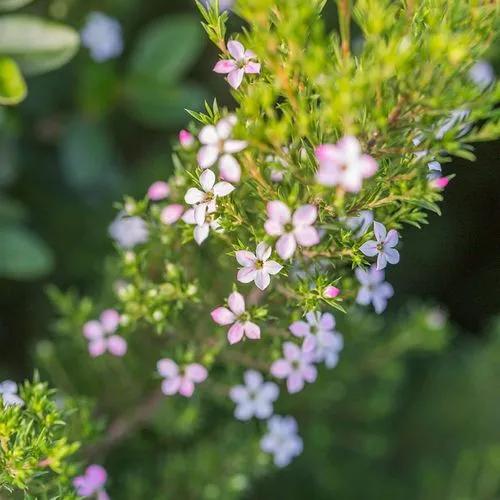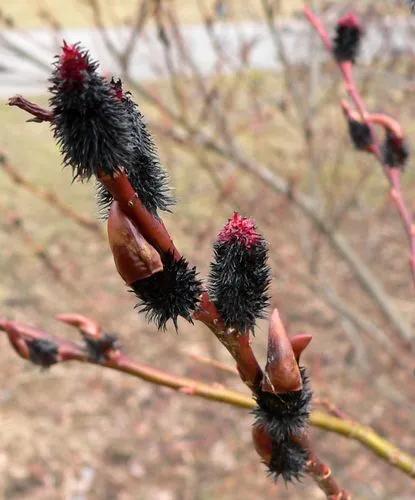Desert Rose is definitely the plant to choose if you are looking for a decorative bonsai-like plant that requires less care than a bonsai and is extremely rewarding during the blooming season. Gardeners are usually a bit scared away from this plant, as it might seem too pretentious when it comes to the care routine, but if you follow the instructions by the book, you are guaranteed to have a flowering tree around for a long time.
Desert Rose Care
Adenium obesum



Desert rose is a tropical succulent plant originally from the eastern coast of Africa. Its family has many species that will bloom and grow differently, so you can pick the one that fits your aesthetic best. It is a great addition to your garden if you live in a warm climate and a beautiful, ornamental plant if you have a sunny spot inside the house. In their natural habitat, they grow up to 16 ft tall (5 m), but when adopted in your garden, it will grow between 12 inches (30 cm) and 9 feet (3 m). They bloom during summer until late October with multiple flowers that vary in color, from pink to purple, orange, or yellow, and they shed the leaves during winter only to come back stronger in spring.
How to Care for the Plant

Water

Watering is the key element to making this plant thrive. In its natural habitat, Desert Rose undergoes periods of rainfall, followed by long periods of drought, so try to imitate these conditions when it comes to watering your plant. Remember that overwatering is a sure way to kill it, so better leave it in drier conditions than in a moist environment. Let the soil dry out between waterings, and remove the water from the pot’s plate after watering. Stop watering almost completely during winter when the plant goes dormant.

Pruning

There is no need for pruning when it comes to Desert Rose plants, as they have a slow growth rate. However, you can shape the trunk of the plant to the desired shape. Remember that new sprouts will appear where you prune it, so think ahead to the shape that you would like the plant to have. Shape the plant in late fall, after the blooming season ends, so you don’t cut the possible flowers.

Fertilizer

Use a cactus fertilizer that you dilute to half its potency once per month during the growth period. Make sure that the fertilizer has both potassium and nitrogen on the ingredients list, so you give your plant an extra boost before blooming.

Sunlight

In order to thrive, Desert Rose requires all the light that you can offer. Place the plant in a window spot where they get a few hours of sunlight daily. If you keep your plant outside, make sure it is not placed in full sun during the hot hours of the day or the leaves might start to wrinkle or get burnt.

Soil

The ideal soil for your Desert Rose is well-draining, gritty soil. It is a great decision to add pebbles to the bottom of the pot. Mix potting soil or cactus soil with sand to ensure that the soil does not retain water.

Propagation

The best way to propagate this plant is by seed, as the cutting method is not always efficient in establishing a new plant. Spread the seeds on a soil full of nutrients in early spring and cover them well with soil. Keep the soil moist and place the containers in temperatures between 68 and 77 °F (20-25 °C). After about a week, you will see new seedlings and will soon be able to transplant them to a new pot after the first leaves show up. Start with a shallow pot, so you encourage the plant to grow vertically in the beginning.

Temperature

Desert Rose is not at all frost tolerant, and they are best adapted to hotter climates. Don’t keep them in temperatures below 40 °F (4 °C), and keep away from spots in the house where cold airflow can reach it.

Container

Plant them in a deep container large enough to let the roots develop. Use a container that has drainage holes, as Desert Rose does not like to be waterlogged. Repot when the roots start to grow out of the container. This is not a thing to worry about too much, as Desert Rose is a slow-growing plant.

Fun fact

Size matters with this plant, especially when it comes to its trunk. Desert Rose stores water in its trunk, so a thick trunk means a healthy, happy plant. When your plant seems to slim down, it is not a reason to celebrate but a reason to re-think your watering schedule.

Popularity

48,297 people already have this plant 6,001 people have added this plant to their wishlists

Common pests

The most common pests Desert Rose attracts are scale, mealybugs, and mites, but it will be easy for you to get rid of them by wiping the plant with a cotton pad soaked in insecticidal alcohol. More than these pests, beware of root rot, as it is the most common cause of plant death, so stay away from overwatering it.

Frequent diseases


Botanist’s tips

Discover more plants with the list below
Related articles






